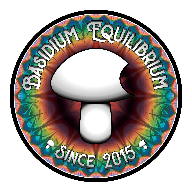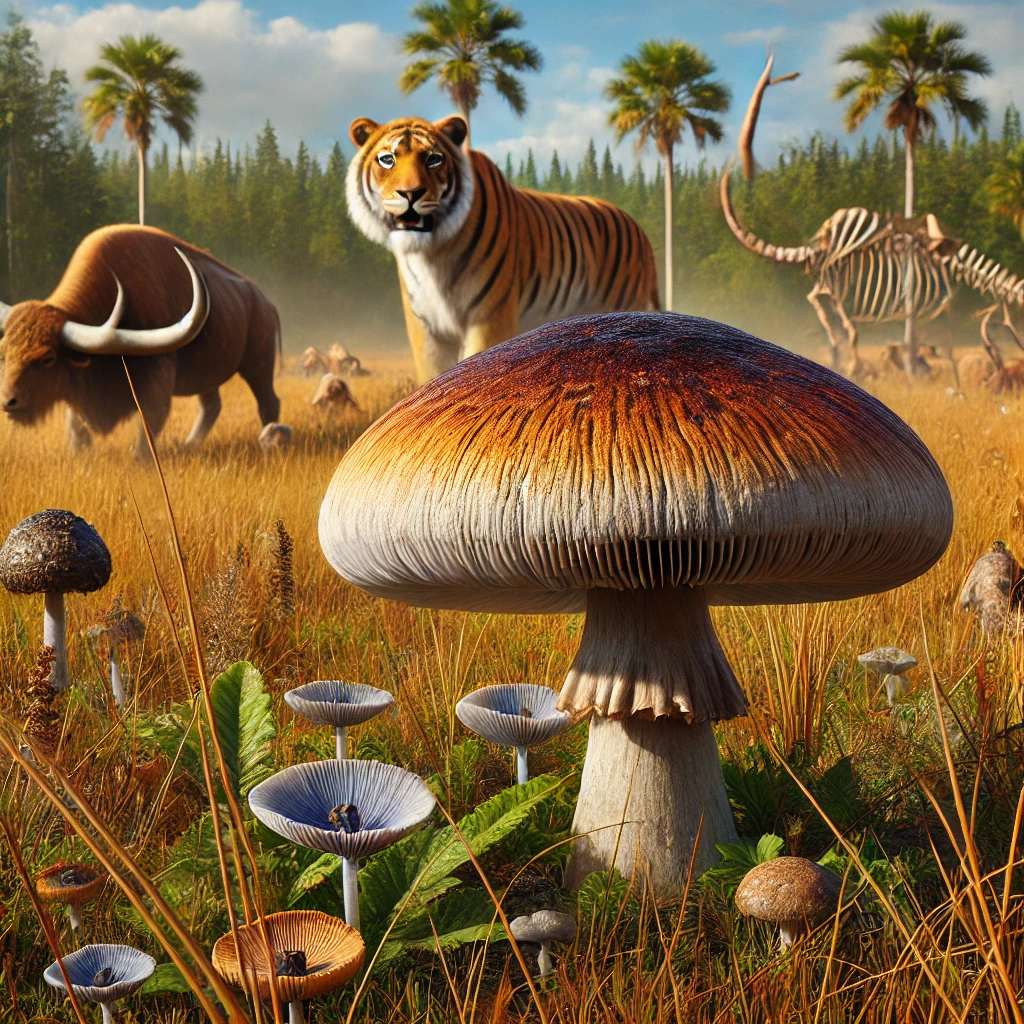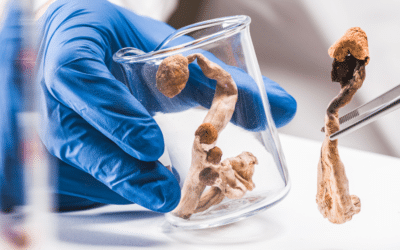The Chemistry of Psilocybin: Evolution’s Mysterious Creation
Welcome, fellow mycology enthusiasts! Today, let’s explore the fascinating chemistry behind psilocybin, a unique compound found in specific types of fungi. This compound not only inspires curiosity but also reveals some of nature’s best-kept secrets about adaptation and survival. What purpose might psilocybin serve in the fungi that produce it, and how did it come to be? Join me as we dive into the chemistry and potential evolutionary path of this remarkable metabolite.
What is Chemistry of Psilocybin?
Psilocybin is a naturally occurring metabolite found in certain mushrooms. Often classified as a secondary metabolite, the Chemistry of psilocybin is believed to serve functions beyond the basic needs of the organism. In plants and fungi, secondary metabolites often play a role in defense or survival strategies, helping the organism adapt to its environment.
Psilocybin is unique in its complexity and seems to have few direct analogs in the natural world. Scientists have traced its origins to simpler compounds, suggesting that it evolved to serve a particular purpose within the mushrooms that produce it.
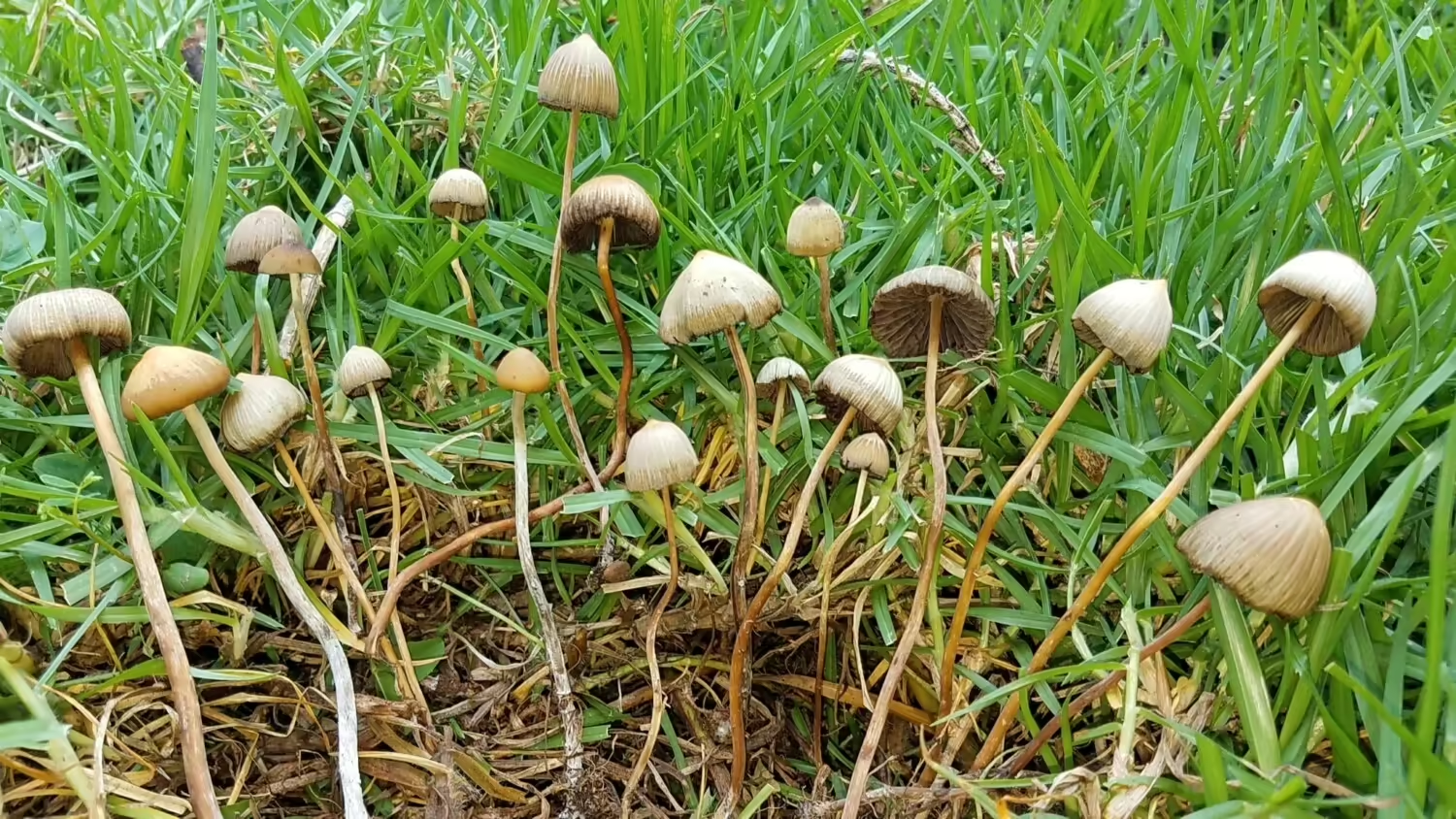
The Chemistry of Psilocybin’s Development
Chemically, psilocybin is derived from tryptamine, a common amino acid that also acts as a precursor to serotonin in other organisms. In the fungal world, psilocybin undergoes a process of enzyme-driven modification, where phosphate groups are added to the tryptamine base, resulting in a stable, complex compound that is unique to certain fungi.
When a mushroom containing psilocybin is broken down by would-be predators, enzymes convert psilocybin into psilocin, the active metabolite, through a simple dephosphorylation reaction. This might suggest an evolutionary advantage for fungi, as the presence of psilocin could affect the behavior of fungi-feeding insects or animals, potentially deterring them from feeding on the mushrooms.
Why Would Mushrooms Evolve Psilocybin?
The presence of psilocybin in fungi raises an intriguing question: Why would mushrooms evolve to produce such a specialized compound? Some scientists hypothesize that psilocybin may function as a chemical defense mechanism. For example, if it has the potential to alter the perception of predators, this compound could reduce predation, allowing the mushrooms to survive and propagate more effectively.
Another possible explanation is that psilocybin could influence the surrounding microbiome in the soil, creating a favorable environment for the mushroom’s growth. Fungi are known to interact with diverse microbial communities, and psilocybin might play a subtle but significant role in this ecosystem. By affecting local bacteria, it could contribute to a more nutrient-rich environment, fostering the survival of the mushroom and other organisms in its vicinity.
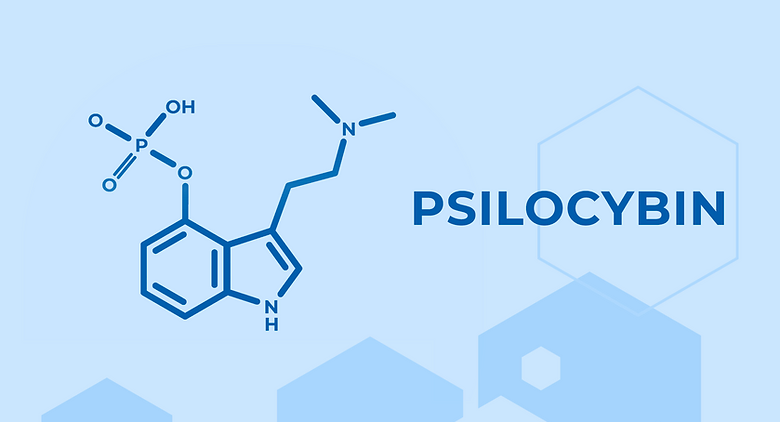
A Glimpse into Fungi’s Evolutionary Past
When we study compounds like psilocybin, we’re catching a glimpse into the long and complex history of fungalevolution. The presence of such specialized metabolites reflects a likely adaptive strategy shaped over millions of years. Understanding the evolutionary path of psilocybin offers insight into how organisms develop unique biochemical pathways, often in response to environmental pressures or interspecies interactions.
Fungi have co-evolved with plants, animals, and other organisms, continuously developing unique chemical defenses and adaptations. Psilocybin, like many other fungal metabolites, showcases the diversity and resilience of fungi, revealing how they’ve thrived through complex ecological interactions.
Beyond Human Curiosity
While humans find the Chemistry of psilocybin fascinating, it’s essential to remember that its primary role exists within the fungal kingdom itself. The unusual structure, stability, and interaction of psilocybin with other organisms continue to puzzle scientists, but they inspire further exploration. We may one day understand more about how compounds like psilocybin contribute to the resilience of life on Earth by fostering connections and adaptations within ecosystems. The evolution of psilocybin might reveal insights into biochemical adaptations.
Psilocybin’s existence is a reminder of the remarkable diversity of life—and perhaps an invitation to look deeper into the secrets held by fungi. As we study compounds like psilocybin, we are reminded of the vast, interconnected world beneath our feet, a world where every molecule, every reaction, and every organism plays a vital role in sustaining life as we know it.
